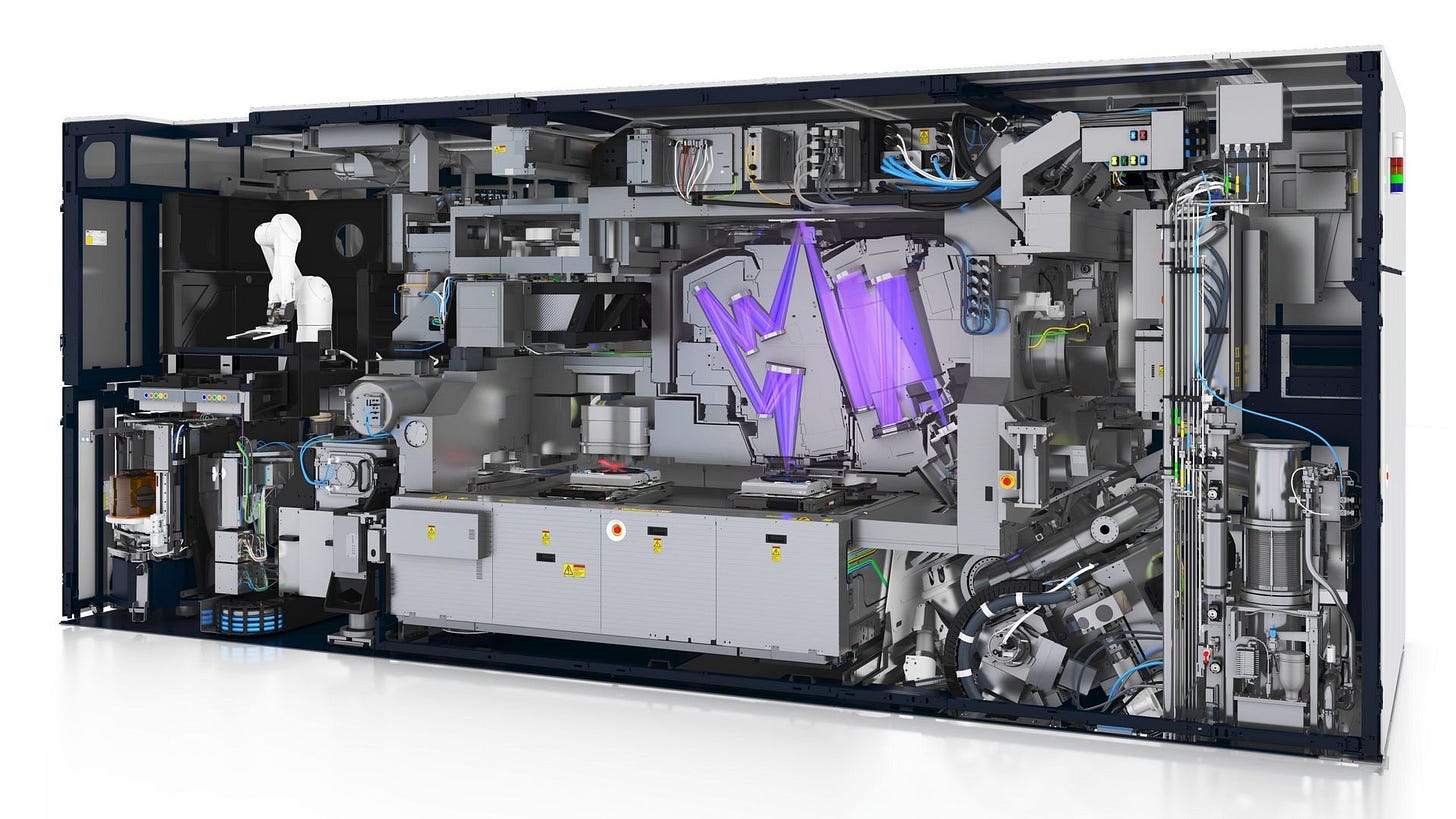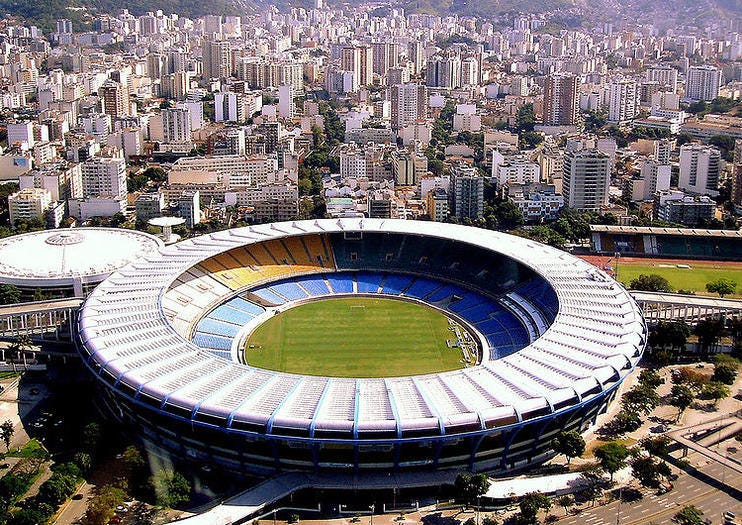Why Can't China Just Reverse Engineer Chips?
Or, "How to Arrange Something with 20,000,000,000,000 parts."
BLUF: It is hard to conceptualize just how complicated it is to make chips. This post compiles approachable information I use when trying to answer questions like “why can’t China reverse engineer the process for creating advanced chips the same way they have for certain military technologies?”
Short Answer: its really expensive, really complicated, and requires equipment that is hard to operate and impossible to steal.
Long Answer: If a company wants to make the most advanced chips in the world, they need to purchase an extreme ultraviolet (EUV) lithography tool from ASML, which has a monopoly. The cost of one EUV tool is prohibitively high for all but the most well-funded firms. It took ASML over 10 years years and $25 billion dollars to develop, they charge customers $125-$175 million per tool, and the tools are in such high demand that they are back-ordered for two years. ASML is currently worth more than Airbus, Siemens, or Volkswagen and employs some of the best engineering talent in the industry.
One EUV tool requires:
5,000 suppliers provide 100,000 parts, 3,000 cables, 40,000 bolts and 2 kilometers of hosing. The tool weighs about 180,000 kilograms (200 tonnes), and ships in 40 containers spread over 20 trucks and three cargo planes.

The workings of the system are even more complicated than the logistics of the machine:
Inside an EUV machine, 50,000 droplets of molten tin fall through a chamber at its base each second. A pair of lasers zap every drop, creating a plasma that in turn releases light of the desired wavelength [Shorter wavelengths allow the etching of smaller components/more powerful chips]. The mirrors guiding this light, made of sandwiched layers of silicon and molybdenum, are ground so precisely that, if scaled to the size of Germany, they would have no bumps bigger than a millimeter. Because EUV light is absorbed by almost anything, including air, the process must take place in a vacuum.
ASML boasts its EUV system controls beams of light so accurately that it is equivalent to shining a light torch from the earth and hitting a 50 eurocent coin placed on the moon.
That is just one tool. To make a chip, a factory needs 200+ tools. You also need to coordinate up to 16,000 suppliers to provide raw materials, servers, IP cores, EDA software, chemicals, gases, photomasks, a class 1 cleanroom, engineering talent etc, all of which needs to be operating in flawless sequential harmony before a bare wafer even gets started on its 60-90 day journey to becoming integrated circuits.
TSMC is one of three companies on earth that can make use of these EUV tools and their newest factory, Fab 18, cost $17 billion. In November 2020 TSMC placed another order with ASML which could be valued at $2.3 billion. You could build five state of the art Tesla Gigafactories or buy 25 new Boeing 737s for that price.
—
A more artful summary of how complicated semiconductor manufacturing is comes from Tokyo Electron’s annual FactBook:
From 2017:
fabricating a circuit at a line-width of 34nm on a 300mm diameter wafer is like drawing in an area 3km in diameter with a ballpoint pen.” Note that the leading edge is now 5nm, so this example is actually too simplistic at this point.
Better still is this example from TEL’s 2018 FactBook:
In the case of logic devices, 20 trillion transistors are fabricated in neat rows on a silicon wafer 300 millimeters across (12 inches). Fins—the smallest constituent features of transistors—are just eight nanometers wide (a human hair is around 100,000 nanometers). Fabricating fins on a silicon wafer is comparable to fabricating and correctly positioning 20 trillion elements the size of a human red blood cell on the Maracanã Stadium in Rio de Janeiro. On top of that, in order to maintain high yield, no more than 10 foreign particles larger than 15 nanometers can be allowed in that space. A particle of this size on a 300-millimeter silicon wafer is roughly proportional to half a grain of cypress pollen on the Maracanã Stadium.
Suffice it to say, even if China could get EUV equipment in a factory capable of making use of it, its impossible to reverse engineer a chip and emulate how all 20 trillion fins were precisely arranged.
